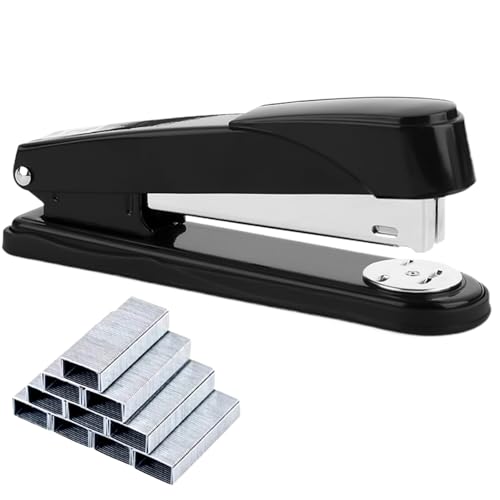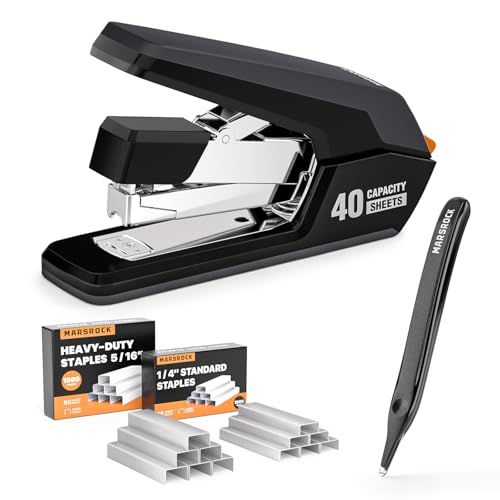Regular Cleaning and Lubrication
To properly maintain your stapler and ensure its longevity, regular cleaning and lubrication are key. Over time, dust, debris, and other particles can accumulate inside your stapler, leading to decreased performance and potentially damaging the internal mechanisms. It is important to clean your stapler on a regular basis to prevent any build-up.
Start by removing any remaining staples from the stapler. You can do this by opening the stapler and sliding a staple remover or a small tool under the staple ends to pry them out. Once all the staples have been removed, use a clean cloth or a soft brush to remove any dirt or debris that may have accumulated inside the stapler. Pay particular attention to the stapling mechanism and the areas around the staples.
After cleaning, lubrication is necessary to keep the moving parts of the stapler working smoothly. Apply a small amount of lubricating oil or silicone-based lubricant to a cloth or directly onto the moving parts of the stapler. Be sure to lubricate all the necessary areas, such as the pivot points and the mechanism that pushes the staples forward. Wipe away any excess oil or lubricant with a clean cloth.
Proper Staple Loading and Storage
Another important aspect of maintaining your stapler is ensuring proper staple loading and storage. Using the wrong size or type of staples can damage your stapler and decrease its performance. Always refer to the manufacturer’s instructions or guidelines for the correct staple size and type to use with your stapler.
When loading staples, make sure to follow the proper loading instructions provided by the manufacturer. Most staplers have a tray or magazine where the staples are stored. Open the stapler and insert a strip of staples into the tray, making sure the staples are facing the correct way. Close the stapler and lock it into place before testing it.
Additionally, proper storage is essential to prevent any damage or malfunction to your stapler. Keep your stapler in a dry and clean environment, away from moisture and extreme temperatures. Avoid dropping or mishandling your stapler, as this can damage the internal mechanisms and affect its performance.
Regular Inspections and Maintenance
Performing regular inspections and maintenance is crucial for the longevity of your stapler. Check your stapler periodically for any signs of wear, damage, or malfunctioning parts. Look for any loose screws, bent staples, or misaligned components.
If you notice any issues, refer to the manufacturer’s instructions or contact their customer support for guidance. It is important not to disassemble your stapler unless you have the necessary expertise, as this can potentially void the warranty or cause further damage. Instead, consult the manufacturer or a professional technician for any repairs or maintenance needs.
In addition to regular cleaning and lubrication, it is also a good practice to occasionally test your stapler by stapling a few sheets of paper. This helps ensure that the stapler is functioning properly and that it can handle the intended workload.
Proper Handling and Usage
Proper handling and usage can significantly impact the longevity of your stapler. Avoid using excessive force when stapling, as this can put unnecessary strain on the stapler’s internal mechanisms. Instead, apply even pressure and let the staple penetrate the paper smoothly.
It is also important to use your stapler only for its intended purpose. Using a stapler for tasks it is not designed for, such as stapling through thick materials or excessive amounts of paper, can cause damage to the stapler and reduce its lifespan.
Regularly Replace Worn Out Parts
Lastly, regularly replacing worn out parts is essential for maintaining the longevity of your stapler. Over time, certain parts of your stapler may become worn or damaged, affecting its performance. Some common parts that may require replacement include the staple tray, staples, and rubber grips.
Check with the manufacturer or a professional technician for the availability of replacement parts for your specific stapler model. Regularly inspect these parts and replace them as needed to ensure optimal performance and longevity of your stapler.






